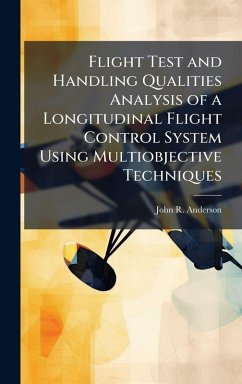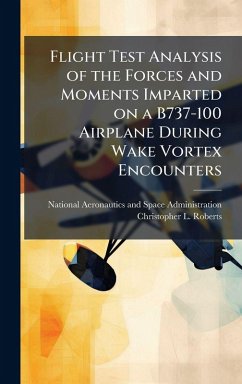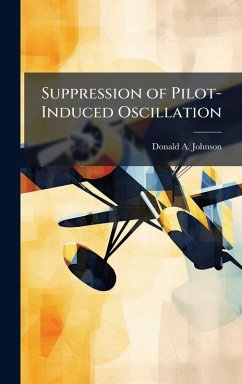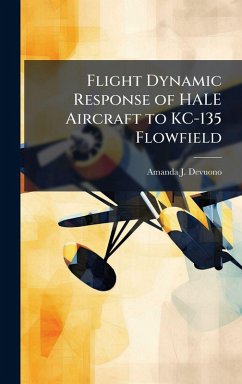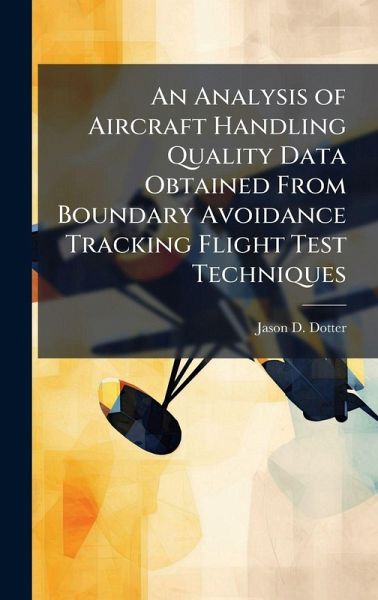
An Analysis of Aircraft Handling Quality Data Obtained From Boundary Avoidance Tracking Flight Test Techniques
Versandkostenfrei!
Versandfertig in über 4 Wochen
29,99 €
inkl. MwSt.
Weitere Ausgaben:

PAYBACK Punkte
15 °P sammeln!
Cooper-Harper ratings (CHRs) have been used to describe and compare aircraft handling qualities for over 40 years, but are by their very nature, subjective. The subjective and sometimes ambiguous results obtained from qualitative handling quality ratings are inconsistent with the rest of the flight test process, where quantifiable results followed by statistical analysis are the norm. This thesis presents a method for obtaining accurate and consistent flight test data that quantifies the handling qualities of a specific aircraft. The method is demonstrated using both pilot-in-the-loop simulati...
Cooper-Harper ratings (CHRs) have been used to describe and compare aircraft handling qualities for over 40 years, but are by their very nature, subjective. The subjective and sometimes ambiguous results obtained from qualitative handling quality ratings are inconsistent with the rest of the flight test process, where quantifiable results followed by statistical analysis are the norm. This thesis presents a method for obtaining accurate and consistent flight test data that quantifies the handling qualities of a specific aircraft. The method is demonstrated using both pilot-in-the-loop simulations and flight tests with the NF-16D Variable-Stability In-Flight Simulator Test Aircraft (VISTA). Boundary Avoidance Tracking (BAT), introduced in 2004 by Mr. William Gray III, a test pilot at the US Air Force Test Pilot School (TPS), is used here to provide a novel approach for forcing an increase in pilot workload and tracking performance in order to assess an aircraft's handling qualities. By utilizing BAT with shrinking desired performance boundaries on a point tracking task, pilots are forced to their maximum performance (i.e. minimum error) on the tracking task. This work has been selected by scholars as being culturally important, and is part of the knowledge base of civilization as we know it. This work was reproduced from the original artifact, and remains as true to the original work as possible. Therefore, you will see the original copyright references, library stamps (as most of these works have been housed in our most important libraries around the world), and other notations in the work. This work is in the public domain in the United States of America, and possibly other nations. Within the United States, you may freely copy and distribute this work, as no entity (individual or corporate) has a copyright on the body of the work. As a reproduction of a historical artifact, this work may contain missing or blurred pages, poor pictures, errant marks, etc. Scholars believe, and we concur, that this work is important enough to be preserved, reproduced, and made generally available to the public. We appreciate your support of the preservation process, and thank you for being an important part of keeping this knowledge alive and relevant.



